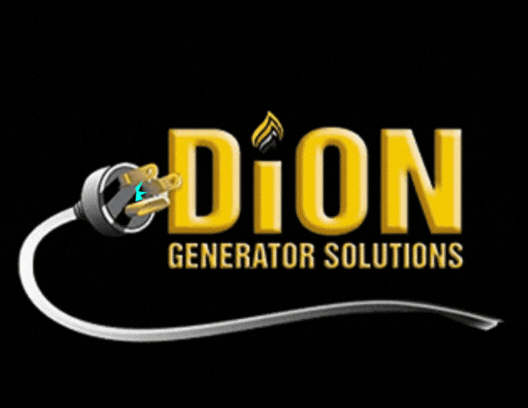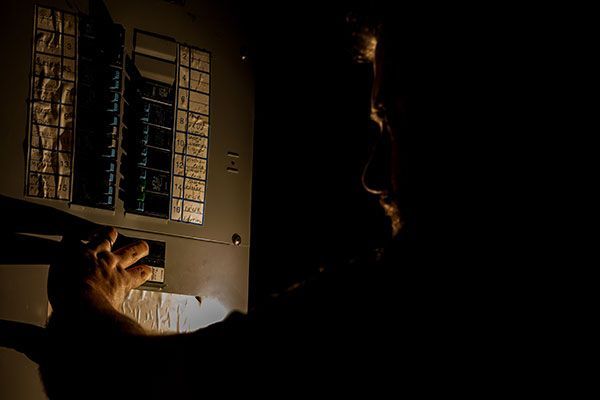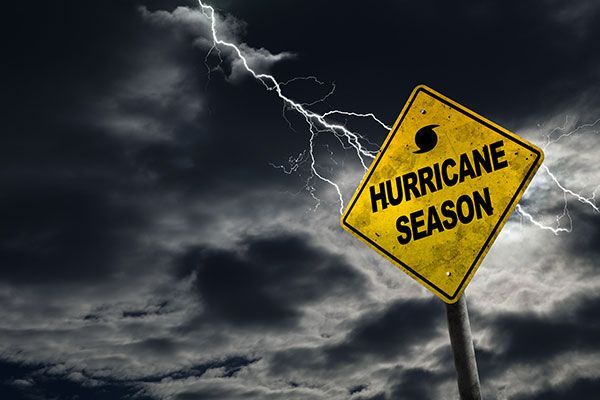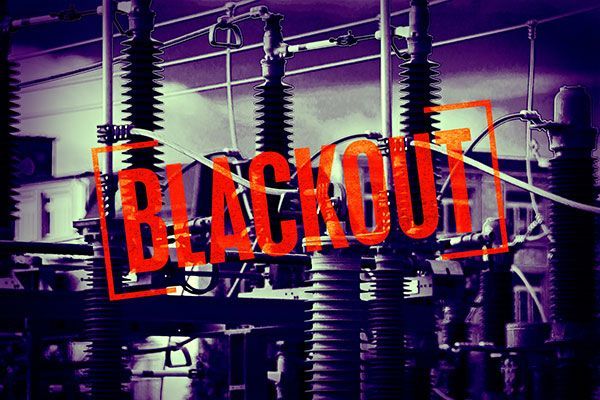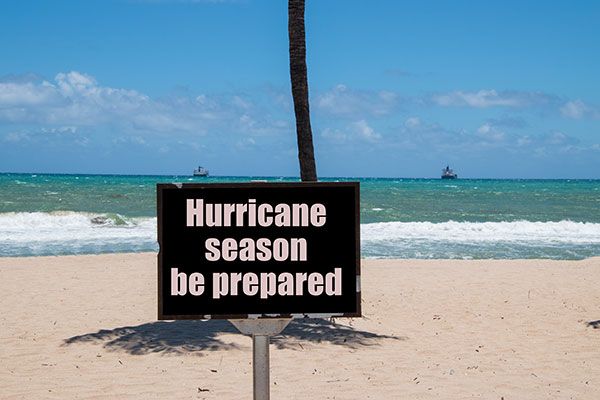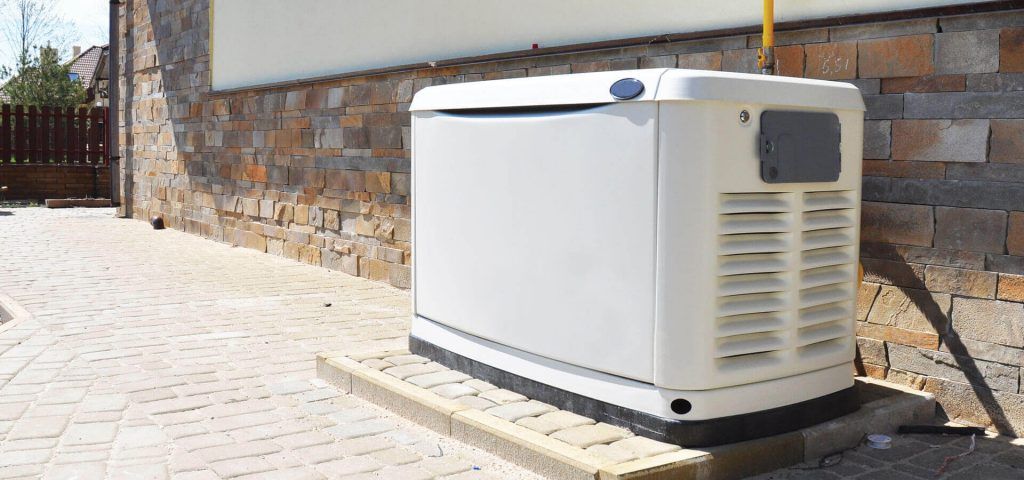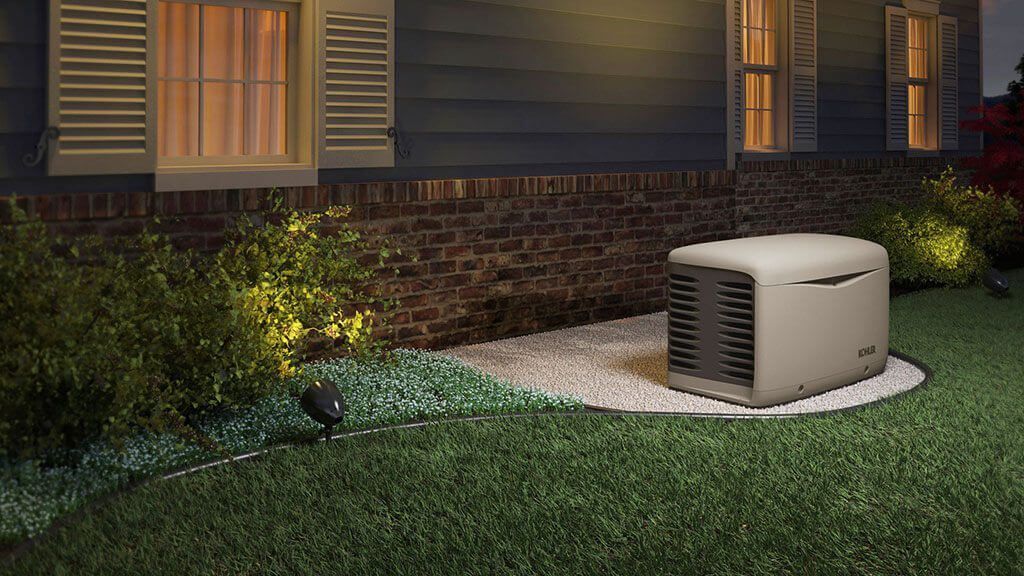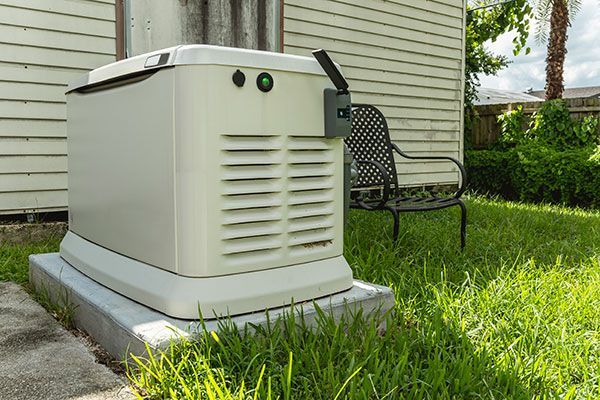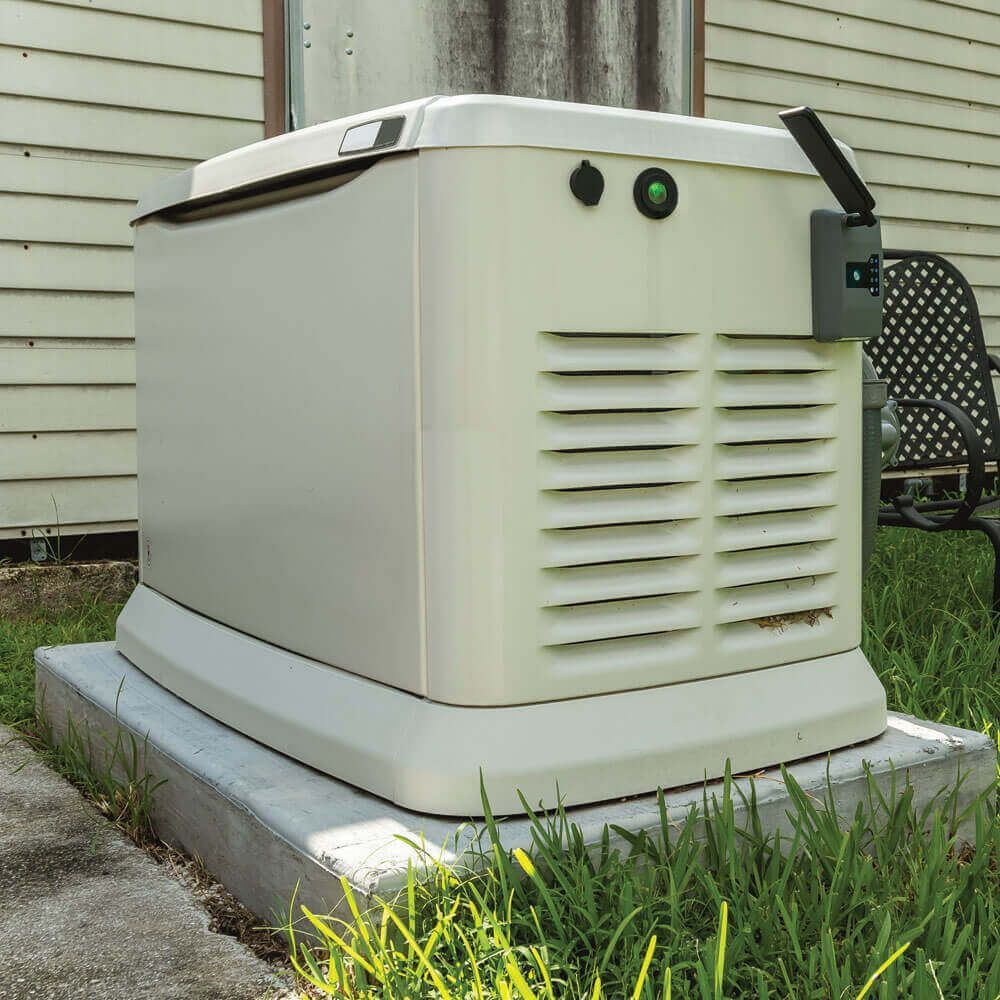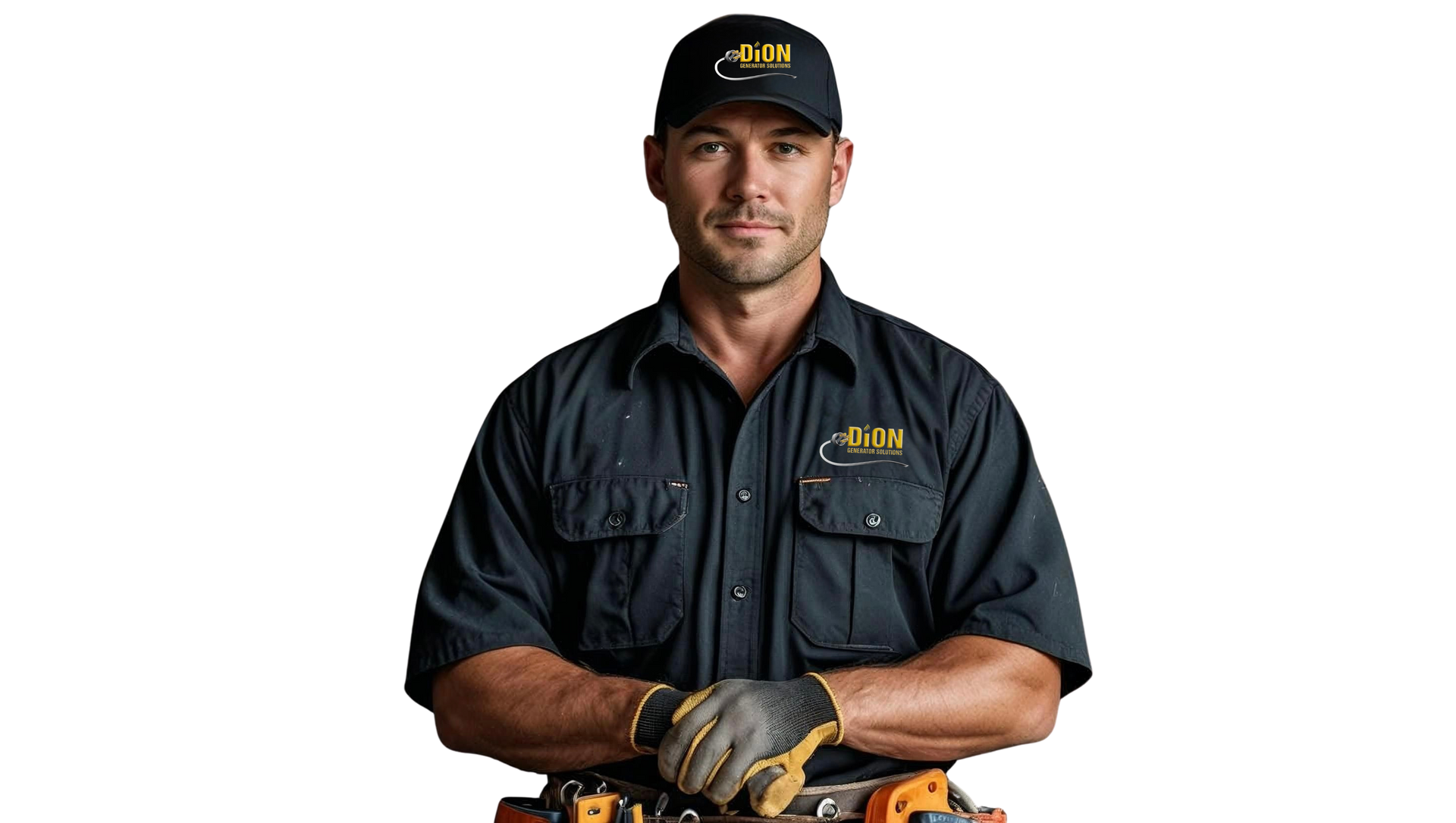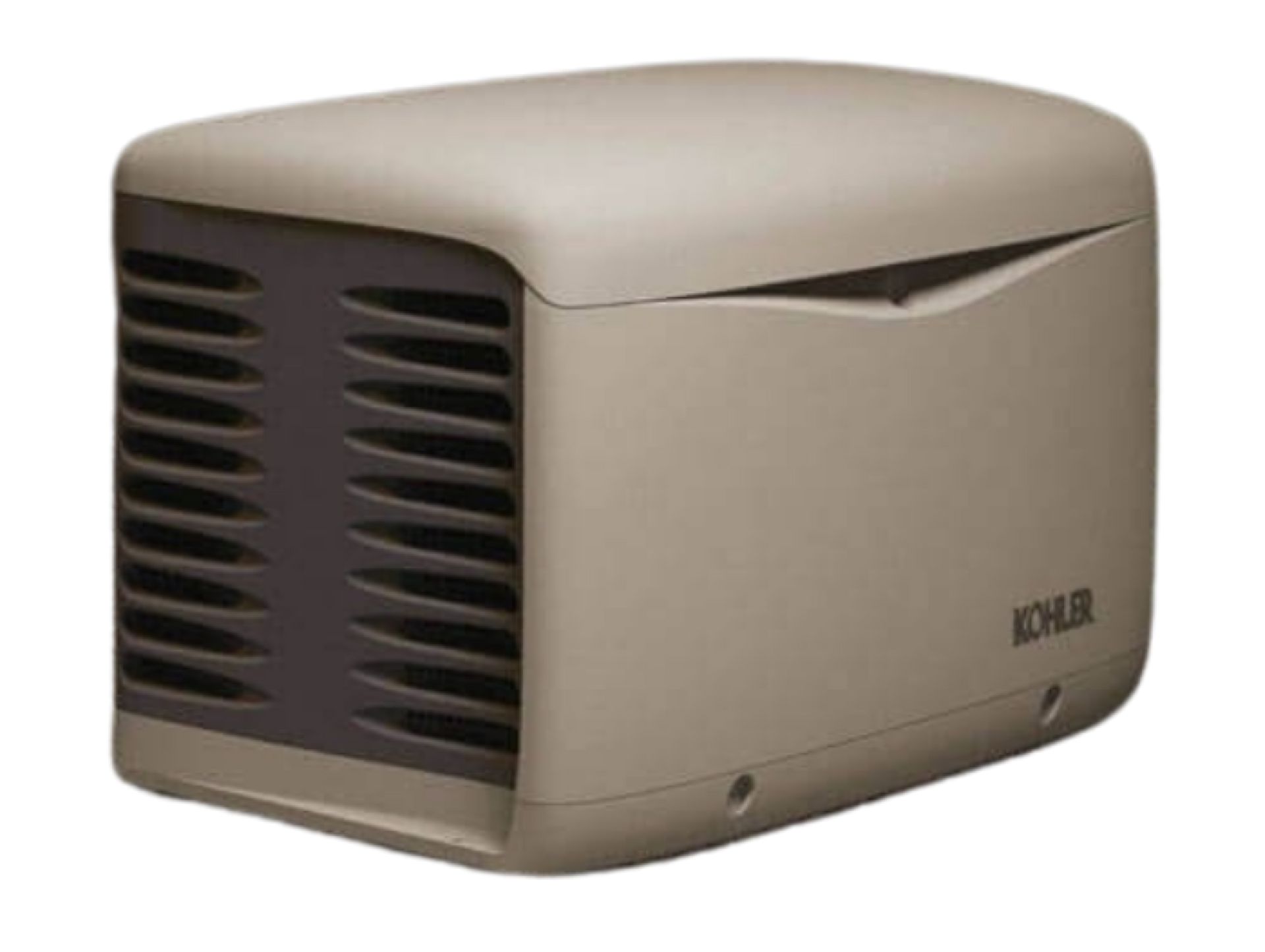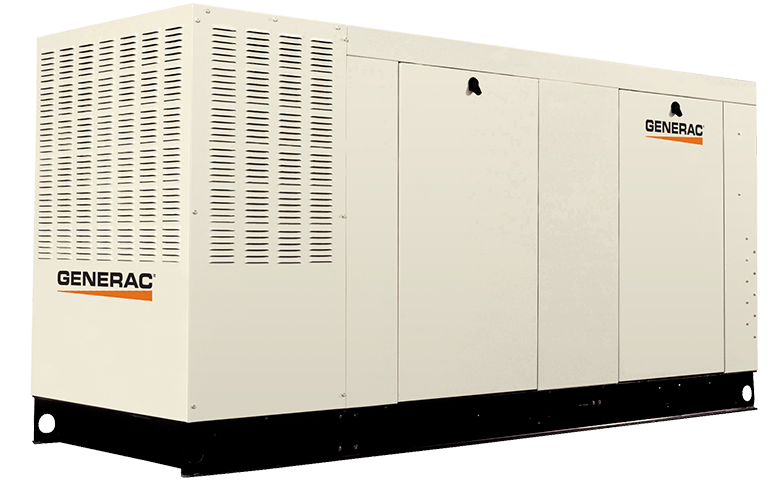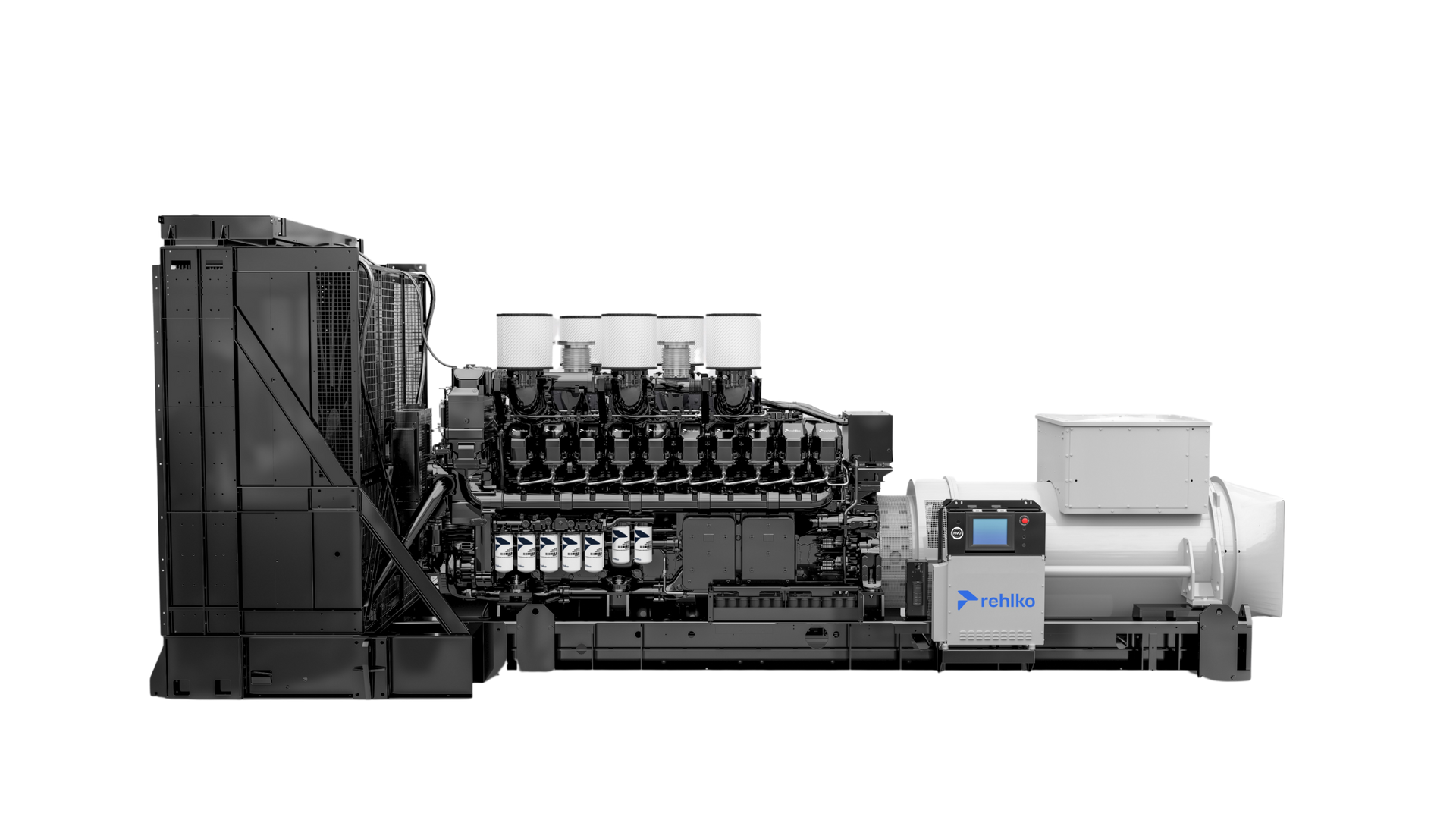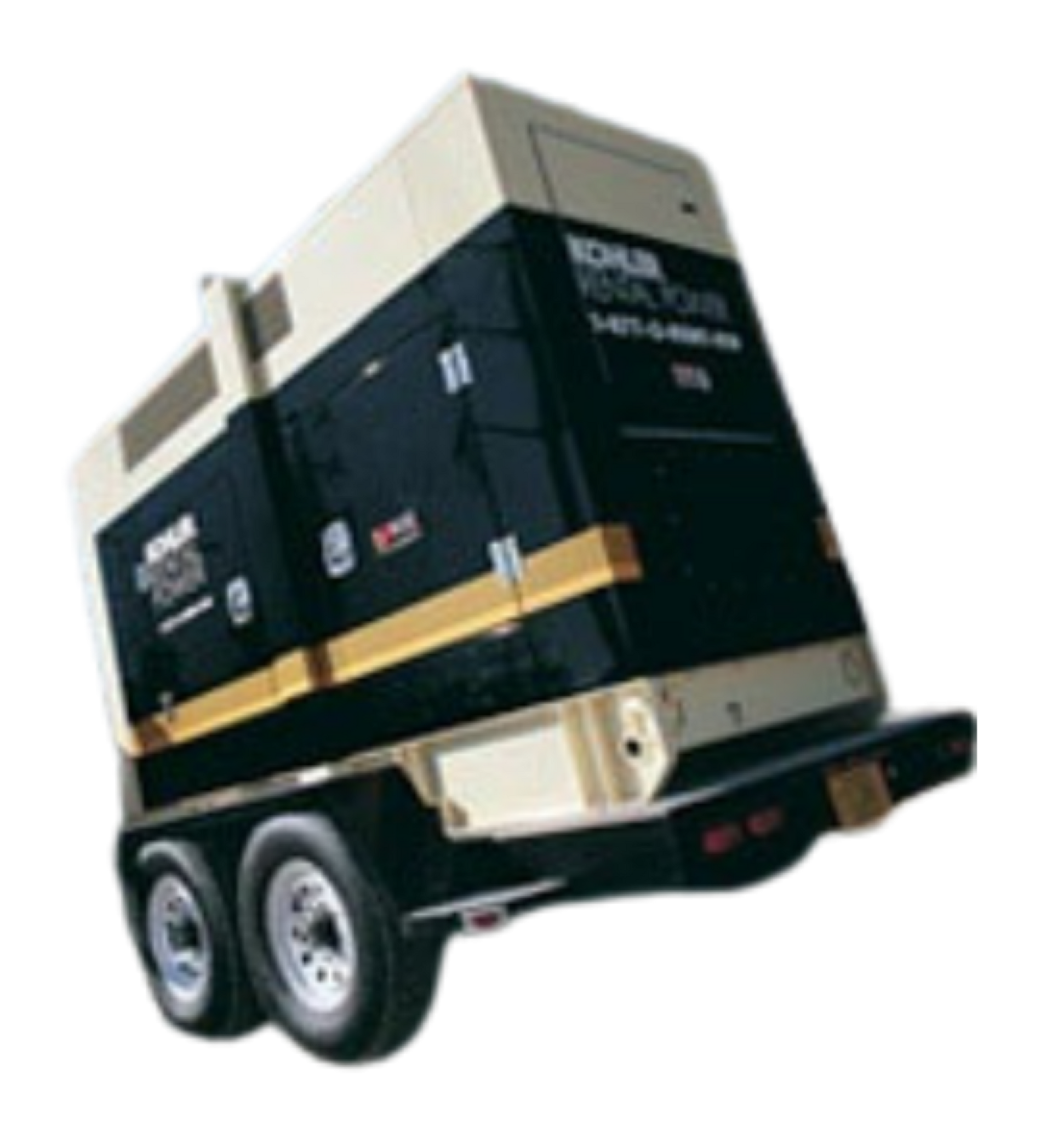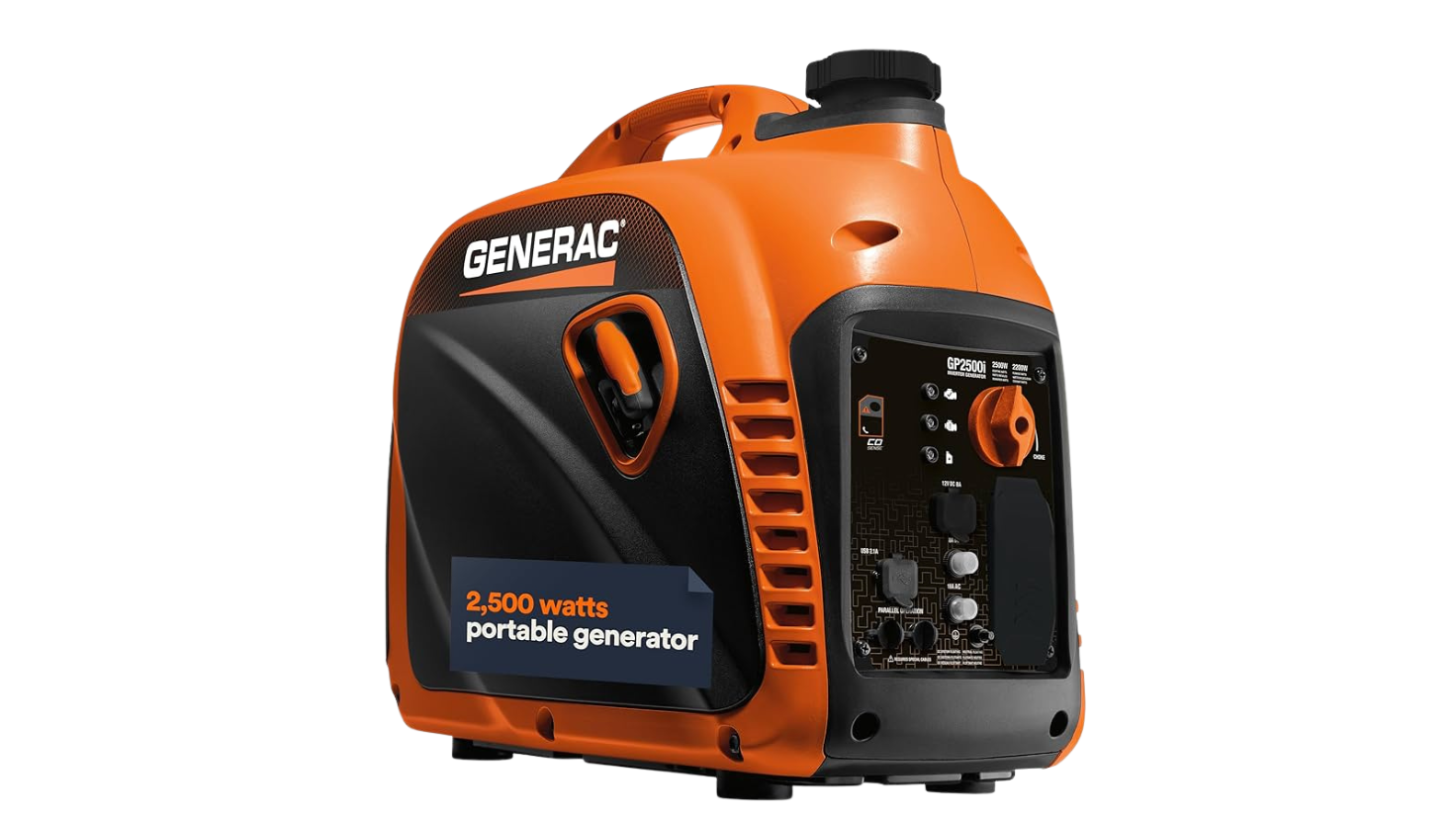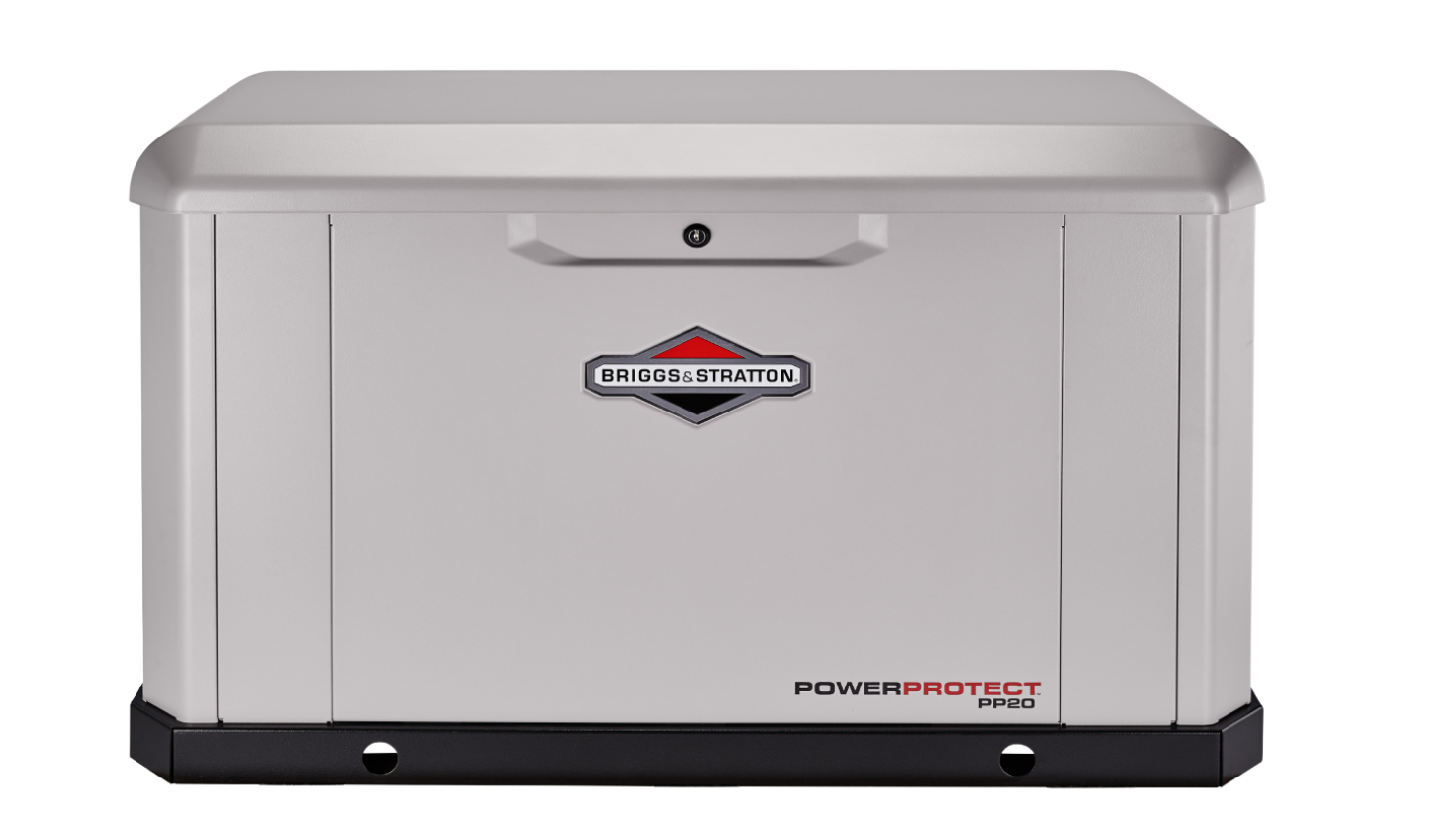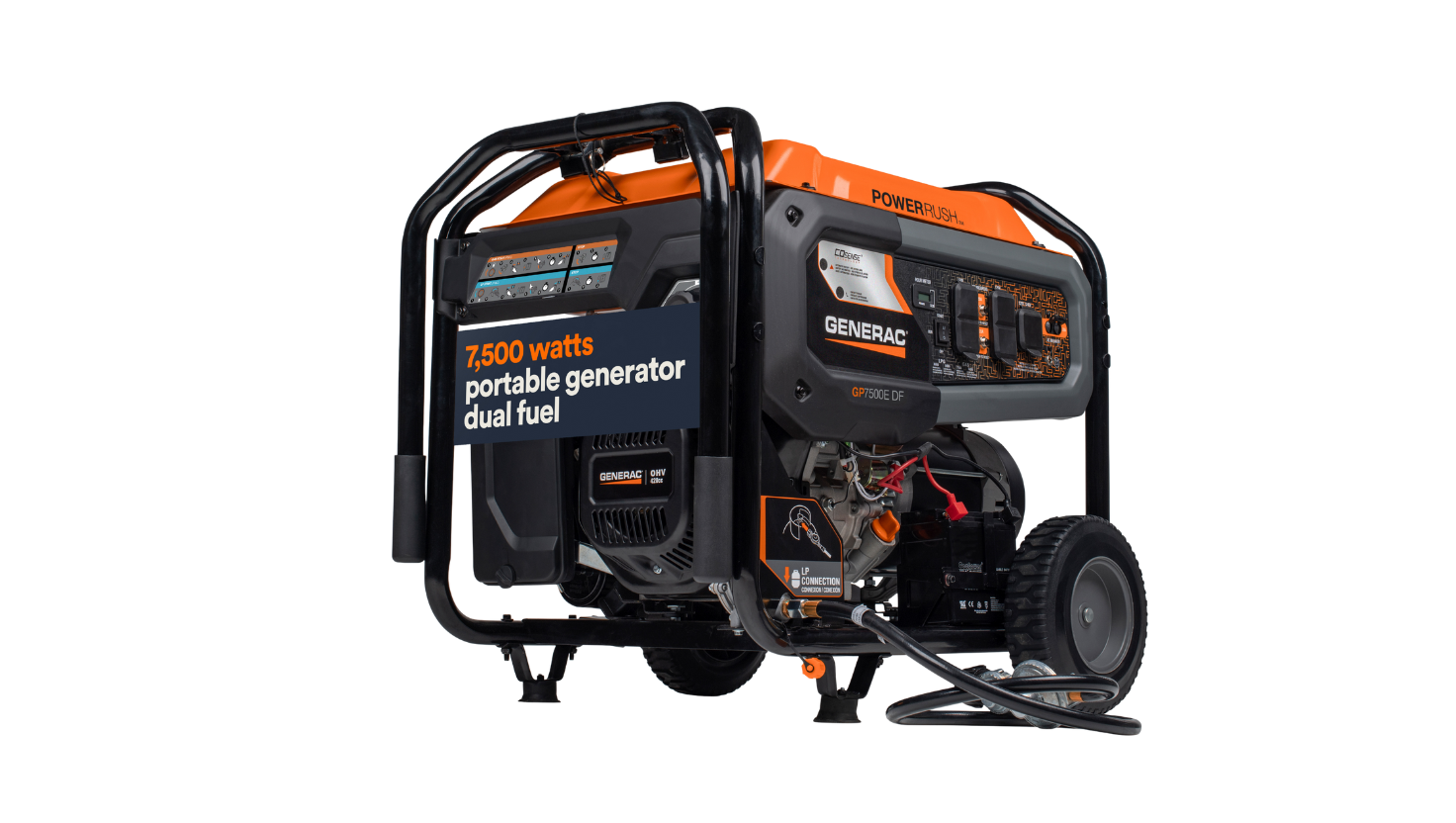Do You Need a Transfer Switch for Your Home Generator?
When planning for backup power during an outage, one important consideration is whether you need a transfer switch for your home generator. Many homeowners are unfamiliar with this device, but it's a critical part of any safe and efficient backup power system.
In this blog post, Dion Generator Solutions’ installation and service experts explain why a transfer switch is a non-negotiable part of any home generator setup, how it works, and its benefits. Whether you’re installing a standby generator for the first time or upgrading your existing setup, understanding what this switch is and what it does will help you make informed decisions, safeguard your property, and protect your investment.
What Is a Transfer Switch?
A transfer switch is an electrical device that transitions your home’s power source from the utility grid to your generator during a power outage. By isolating your home’s electrical system from the grid, it prevents the dangerous occurrence of backfeeding, where electricity flows back into the grid.
Simply put, a transfer switch ensures the smooth operation of your generator by efficiently managing the flow of electricity and preventing power overloads. During a power outage, the transfer switch either manually or automatically shifts your home's power source to the generator, keeping essential systems like heating, cooling, refrigeration, and lighting running.
Once utility power is restored, the switch transfers the load back to the grid, allowing your generator to shut down and your home to resume normal operation.
What Are the Types of Transfer Switches?
Choosing the right transfer switch depends on your specific needs, how responsive you want your generator to be, and your budget.
Here’s a quick overview of the two primary types of transfer switches.
Manual Transfer Switches
Manual transfer switches require you to physically flip a switch to change over to generator power during an outage. These are more budget-friendly and provide good functionality, but they do require you to be onsite when your power goes out. This option is ideal when you don’t mind a bit of hands-on operation and want a cost-effective solution for your backup power system.
Automatic Transfer Switches
Automatic transfer switches (ATS) are designed for maximum convenience. They can detect a power outage and automatically switch your home to generator power without your input. This means that your generator will still activate even if you’re away from home, ensuring your essential systems remain powered up.
While more expensive than manual options, an ATS is perfect when you want a truly hassle-free experience.
What Are the Benefits of Installing a Transfer Switch?
Having a transfer switch installed offers a range of benefits. Beyond the obvious benefits of improved electrical safety and compliance with local codes, a transfer switch can offer significant advantages in several other ways.
Let’s explore some of these benefits further.
Protects Sensitive Electronics
Transfer switches help regulate and stabilize the voltage and frequency of the power delivered to your home’s circuits. This means that your sensitive electronics, like computers, televisions, and home security systems, receive a steady flow of electricity.
Without a transfer switch, voltage fluctuations during power transitions can lead to electrical surges that may damage or shorten the lifespan of these delicate devices.
Ensures Optimal Power Distribution
With a transfer switch, you can control which circuits and appliances receive power during an outage. This allows you to prioritize essential systems—like your refrigerator, sump pump, and HVAC system—over less critical areas like exterior lighting. Having this control means you can prevent your generator from overloading and ensure it operates at maximum efficiency throughout the outage.
Prevents Carbon Monoxide Hazards
One common but overlooked benefit of using a transfer switch is that it can reduce the risk of carbon monoxide poisoning. When faced with a power outage, many homeowners resort to using extension cords to connect generators to indoor appliances. This setup can result in generators being placed too close to a home, which poses a significant carbon monoxide hazard.
A transfer switch allows you to power your home’s circuits without running cords indoors so that you can place your generator at a safe distance.
Improves Reliability During Critical Times
An automatic transfer switch can mean the difference between facing a minor inconvenience or having to deal with a significant power disruption. For example, if you have power-dependent medical equipment or a home business requiring continuous internet connectivity, a transfer switch will keep everything running smoothly, even when you’re out of town.
Knowing your generator will kick in automatically when the power goes out makes responding to the situation from afar much less stressful.
Minimizes Wear and Tear on Generators
Without a transfer switch, your generator’s components may experience increased wear and tear due to abrupt power changes and overloads. Transfer switches control power transfer systematically, which helps reduce strain on your generator’s engine and electrical components. This leads to fewer mechanical issues and extends the overall lifespan of your backup power system.
Streamlines Emergency Preparedness
Transfer switches make preparing for emergencies straightforward. Once installed, there’s no need to worry about fumbling with extension cords, rewiring your home, or risking personal safety by operating a generator improperly. The switch simplifies connecting your generator to your home’s power system, making it easy to respond quickly and efficiently during a power outage.
Is a Transfer Switch Necessary for Portable Generators?
A transfer switch is a must, even for portable generators. Portable backup power units are often connected to appliances through extension cords, which limits the number of devices you can power. It also increases the risk of overloading circuits.
With a transfer switch, you can connect your portable generator directly to your home’s main electrical panel, enabling it to power multiple circuits without the hassle or hazards of running cords.
What Are Some Additional Considerations for Transfer Switch Installation?
Installing a transfer switch isn’t a DIY project unless you’re a certified electrician. It involves complex wiring and integration with your home’s electrical system, so it’s best left to an experienced electrician or a trained generator installer. Improper installation poses serious risks, so it’s best not to take any chances.
It’s also crucial to ensure the transfer switch you choose is compatible with your generator and meets your home’s power requirements. A professional installer will assess your energy demands and recommend the right switch to maximize your generator’s performance and longevity.
Install a Transfer Switch for Safety, Comfort, and Convenience
Whether you have a standby generator or a portable unit, investing in a transfer switch protects your home, your generator, and utility workers from potential harm. Plus, it makes managing power during an outage much more convenient and ensures compliance with local safety standards.
If you’re unsure which type of transfer switch is right for your setup, consult one of Dion Generator Solutions’ installation specialists for expert advice. The right transfer switch will help you feel safe and prepared for future outages. Call us now at (305) 450-8787.
